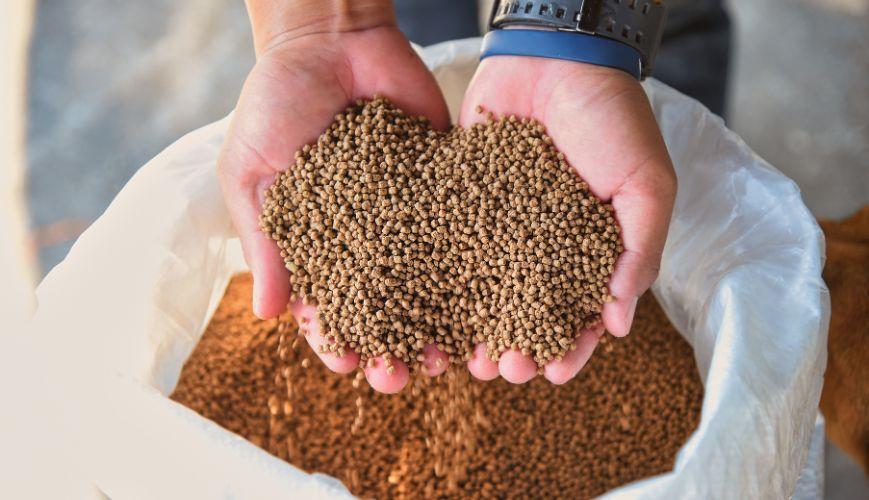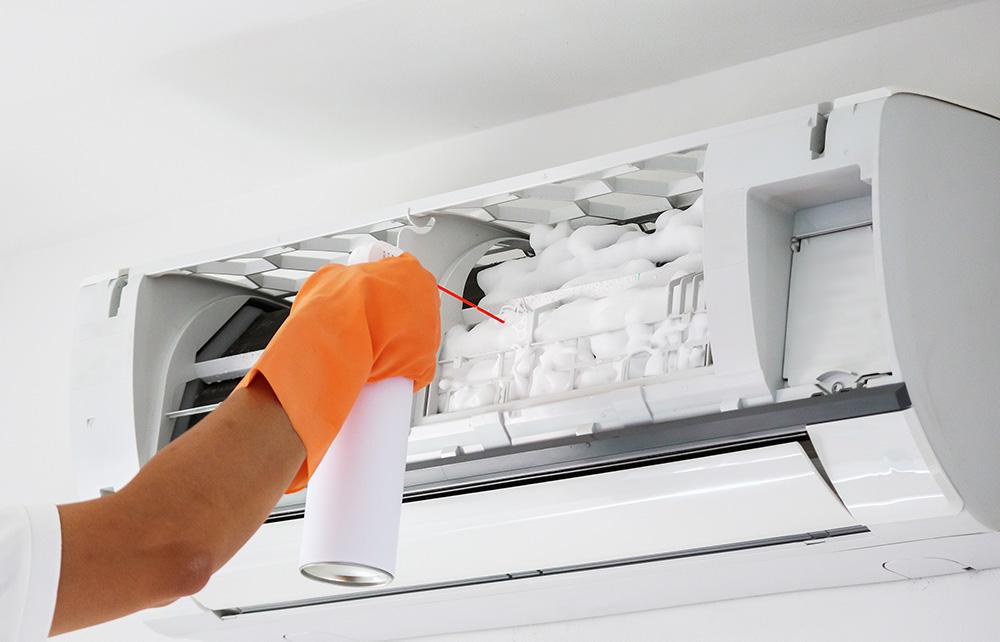The aquaculture feed market represents a crucial component of the aquaculture industry, providing essential nutrition to farmed fish, shrimp, and other aquatic species. In the year 2023, the aquafeed market reached a substantial volume of 49.70 million tons. Projections indicate a steady growth trajectory, with the market estimated to expand at a Compound Annual Growth Rate (CAGR) of 5.3% between 2024 and 2032, ultimately reaching a volume of 79.11 million tons in 2032. This growth reflects the increasing demand for seafood, advancements in aquaculture practices, and the evolving landscape of feed formulation and production techniques.
Market Overview
Aquaculture, also known as fish farming, is the practice of cultivating aquatic organisms in controlled environments such as ponds, tanks, and cages for food production. Proper nutrition is essential for the health, growth, and productivity of farmed fish and shrimp. Aquafeeds play a critical role in meeting the dietary requirements of aquaculture species, providing essential nutrients such as protein, lipids, vitamins, and minerals necessary for optimal growth and performance.
Market Dynamics
Several factors drive the dynamics and growth of the aquaculture feed market:
- Rising Demand for Seafood: Growing global population, increasing disposable incomes, and changing dietary preferences have led to rising demand for seafood products. Aquaculture has emerged as a sustainable solution to meet this demand, offering a consistent and reliable source of fish and shrimp for human consumption. Aquafeeds enable aquaculture producers to efficiently convert feed inputs into protein-rich seafood, addressing food security challenges and reducing pressure on wild fish stocks.
- Technological Advancements in Feed Formulation: Advances in nutrition science, feed formulation, and ingredient technology have led to the development of specialized aquafeeds tailored to the nutritional needs of different aquatic species at various life stages. Formulating feeds with optimal protein-to-energy ratios, amino acid profiles, and digestibility ensures efficient feed conversion, growth performance, and feed utilization in aquaculture operations.
- Sustainable Feed Ingredients: Sustainability is a key focus area in the aquafeed industry, with efforts to reduce reliance on wild-caught fishmeal and fish oil as primary feed ingredients. Alternative protein sources such as plant proteins, algae, insects, and single-cell proteins are being explored as substitutes for fishmeal, contributing to the environmental sustainability of aquaculture production and reducing reliance on finite marine resources.
- Biosecurity and Disease Management: Disease outbreaks pose significant risks to aquaculture operations, leading to economic losses and production disruptions. Aquafeeds fortified with immune-boosting additives, probiotics, prebiotics, and functional ingredients help enhance disease resistance and promote overall health and resilience in farmed fish and shrimp, reducing the need for antibiotics and chemical treatments.
Key Players
The aquaculture feed market is served by a diverse array of feed manufacturers, aquafeed producers, and suppliers specializing in the formulation and production of feeds for aquaculture species. Some key players in the aquafeed market include:
- Cargill, Incorporated: Cargill is a global leader in animal nutrition and feed production, offering a comprehensive portfolio of aquafeeds tailored to the nutritional requirements of fish and shrimp species. The company’s aquafeed products are formulated with high-quality ingredients and customized to meet the specific needs of aquaculture producers worldwide.
- Nutreco N.V.: Nutreco is a leading provider of animal nutrition and aquafeed solutions, with a focus on sustainable and innovative feed formulations. The company’s aquafeed brands, such as Skretting and Trouw Nutrition, offer a range of feeds optimized for different species, production systems, and environmental conditions, supported by research and development initiatives.
- Alltech, Inc.: Alltech is a global animal health and nutrition company specializing in feed additives, premixes, and specialty ingredients for aquaculture and other livestock sectors. The company’s aquafeed solutions, including algae-based products and microbial additives, promote growth performance, feed efficiency, and health management in aquatic species.
- BioMar Group: BioMar is a leading supplier of high-performance aquafeeds for fish and shrimp farming operations worldwide. The company’s aquafeed portfolio encompasses sustainable feed solutions formulated with responsibly sourced ingredients and tailored to meet the nutritional needs and production goals of aquaculture producers.
Future Outlook
The aquaculture feed market is poised for continued growth and innovation, driven by factors such as increasing aquaculture production, technological advancements, and sustainability initiatives. With a projected CAGR of 5.3% between 2024 and 2032, the market offers opportunities for feed manufacturers, ingredient suppliers, and aquaculture stakeholders to collaborate on developing nutritionally balanced, environmentally sustainable feed solutions that support the growth and expansion of the global aquaculture industry.






